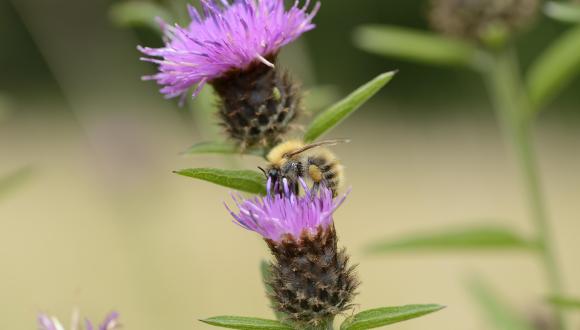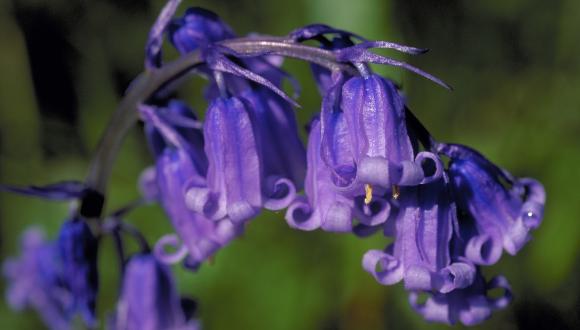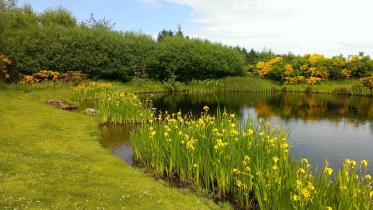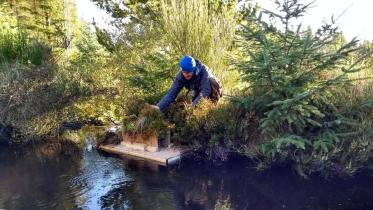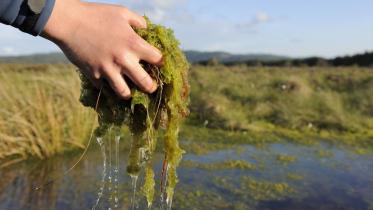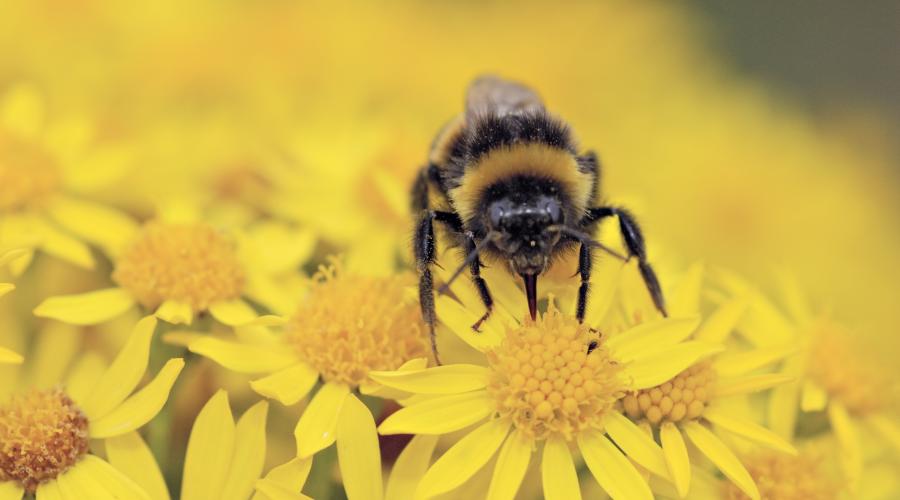
Land invertebrates
Invertebrates, especially insects, are everywhere. But it is easy to overlook many of these tiny animals as we go about our daily lives.
Our land invertebrates are essential for life. Often found in very large numbers, they help to recycle dead material and pollinate flowering plants. Many of our mammals and birds depend on them as a food source.
Hymenoptera are ‘membrane-winged’ insects and include bees, wasps and ants. This diverse group is vital to pollination and pest control.
Scotland is home to around 2,600 beetle species, many of them also important pollinators. Other beetles remove carcasses and dung from the environment, or feed on plant-eating caterpillars and slugs.
About 34 species of butterfly are seen regularly in Scotland, but about 1,300 species of moth also occur here. Moths are much more diverse and include some species even more striking than our butterflies.
Beetles are the dominant insect group globally, but flies – including gnats, midges and mosquitoes – are more abundant in temperate regions such as ours.
Of Britain’s 24 or so slug species, around half are seen in Scottish gardens. A mature garden may also host an interesting range of snails.
Almost all spiders and harvestmen are predators – and they’re also important prey for other invertebrates, birds, reptiles and small mammals.
Most earthworms burrow in tunnels in soil. This lets air in, helping to maintain the soil’s fertility, and thus earthworms perform a vital service to us. Flatworms and roundworms are also common in Scotland.
We have thousands of other invertebrate species besides, across groups ranging from bristletails and true bugs to woodlice and waterlice.
